From our editors | Photos: Nijmegen Municipality
May 8, 2024
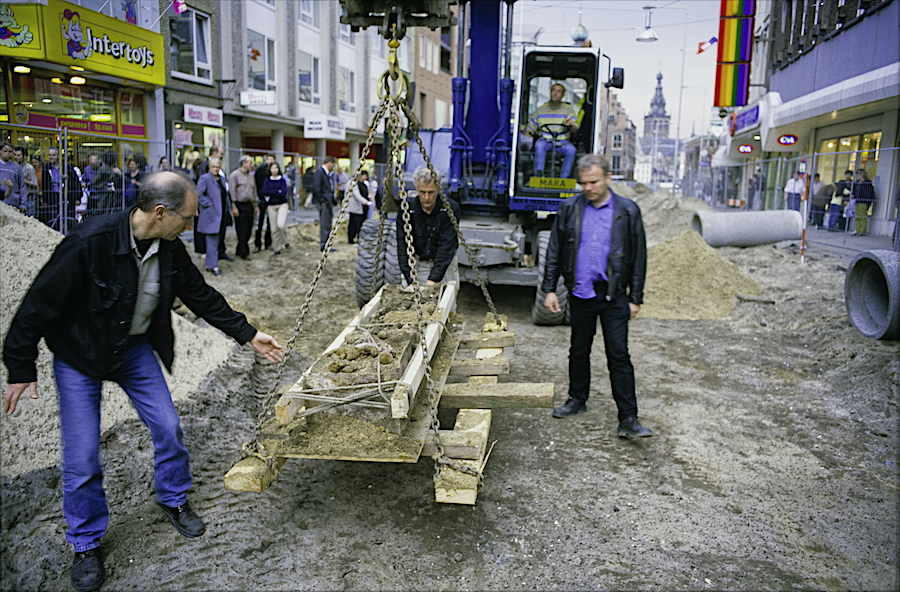
An exhibition of Roman graves from the Nijmegen Burchtstraat shows new insights.
Who is the woman who was buried for centuries in the lead coffin excavated on Burchtstraat in Nijmegen? What was her life like? New research results tell us more and more about the “Lady of Lodden” and the life of the Roman inhabitants of Nijmegen. Nijmegen Municipality and Valkhof Museum Together we showcase the latest discoveries with the exhibition of rich Roman tombs from the Nijmegen Burchtstraat.
In May 2001, several graves were discovered during drainage works on the Nijmegen Borchtstraat. In Roman times, there was a road there, where people were buried on both sides. One of the two rich graves discovered belongs to a Roman woman from wealthy circles. She was buried in a lead coffin, a rare phenomenon in this region. The find was found in a house in the Valkhof Museum, and was soon given the nickname “The Lady of Loden”. She became the most famous resident of Roman Nijmegen.
Archaeologists Joep Hendricks and Katja Zee in the main sarcophagus.
Thanks to the additional financial resources available and the development of new research techniques, new research has become possible. Through this extensive archaeological research, we learn new facts about it more than twenty years after its discovery. It turned out to be more than we thought.
New insights
The exhibition presents the results of the excavation carried out in 2001 and the first results of additional investigations now carried out. This new research has determined that the pioneer lady’s grave is approximately 100 years older than originally thought. The tomb dates back to around the year 200.
In the new research, the coffin, skeleton and objects brought with it were also sifted and analysed. Lead from the coffin, remains of textiles and gold, bottles with spoons, a mirror and various parts of the skeleton – all are puzzle pieces for archaeologists. The leading lady’s story is fleshed out little by little.
The exhibition also displays for the first time a second person buried in Roman times on the site of the current busy shopping street. This man was buried in a tufa ash coffin with precious glass dishes. His tomb also dates back to around the year 200. Both the coffin and the objects in the tomb emerged unscathed, but thanks to careful restoration and restoration work, much of it can still be displayed here.
The exhibition continues
The research continues, and the exhibition will continue to grow in the near future with presentations of new findings. For example, research has been conducted on the organic materials found in the lead coffin. To learn more about the origin of lead, lead isotope research was conducted, and for more information about the origin of the woman and her diet, samples were taken for strontium and oxygen isotope research.
Ultimately, researchers will perform a new facial reconstruction based on DNA research. This will be displayed in the new Valkhof Museum after renovation. So it’s worth coming back for Lady Louden.
Gallery: Rich Roman Tombs of Nijmegen Burchtstraat
Organizer: Wallkhof Museum in cooperation with the Municipality of Nijmegen
Dates: May 17, 2024 to March 30, 2025
Location: Falkow Museum, pop-up location Keizer Karelplein 33, Nijmegen
Working hours: Tuesday to Sunday from 11 am to 5 pm
With thanks to the municipality of Nijmegen, SNMAP, Constructing the Limes and all the researchers involved in this project.
Share this message:

“Total coffee specialist. Hardcore reader. Incurable music scholar. Web guru. Freelance troublemaker. Problem solver. Travel trailblazer.”






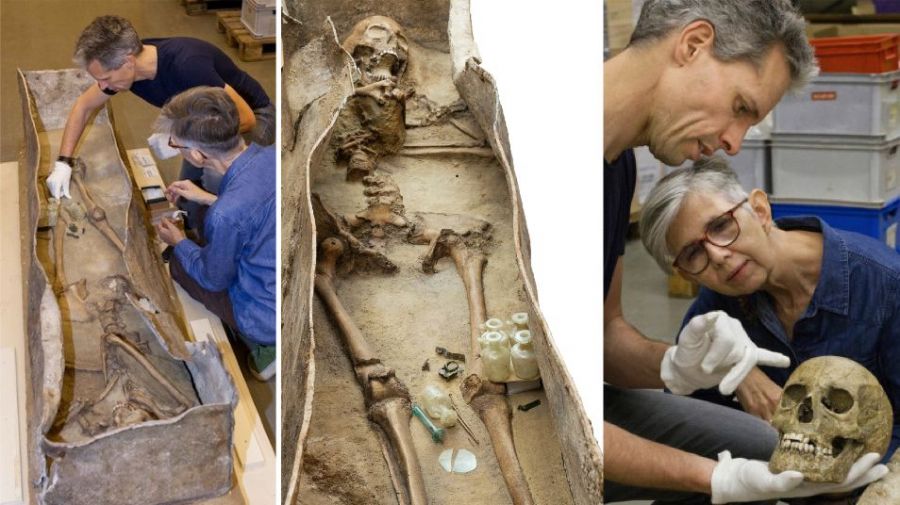
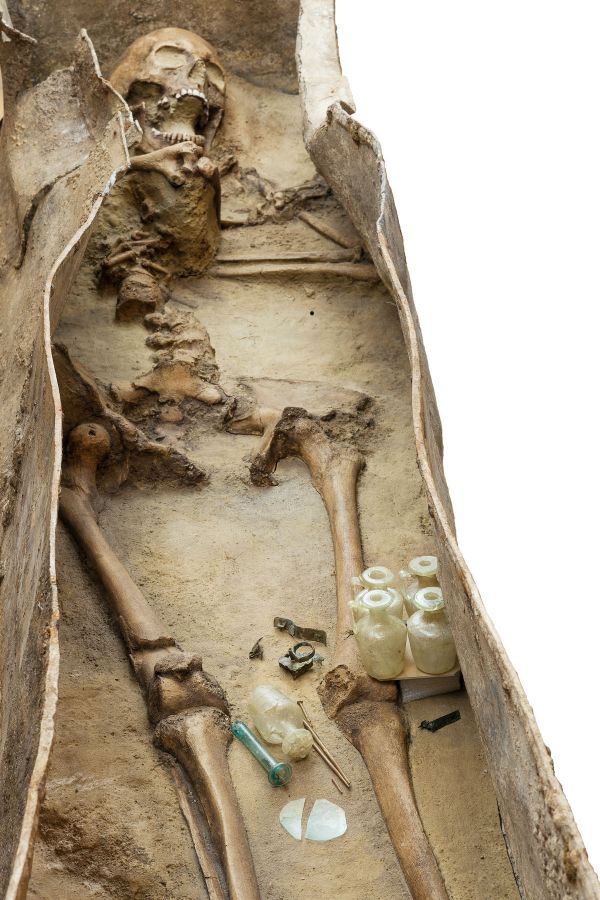
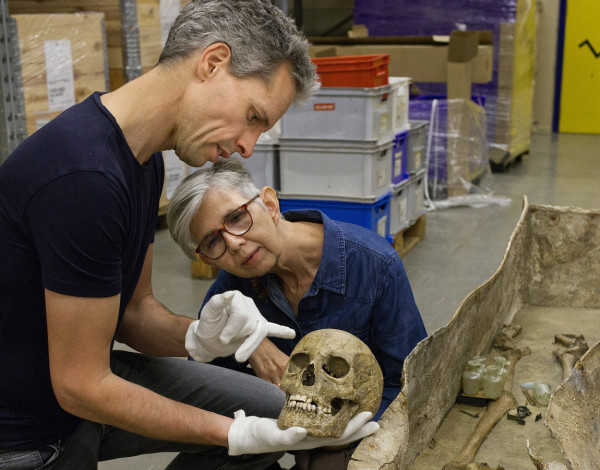
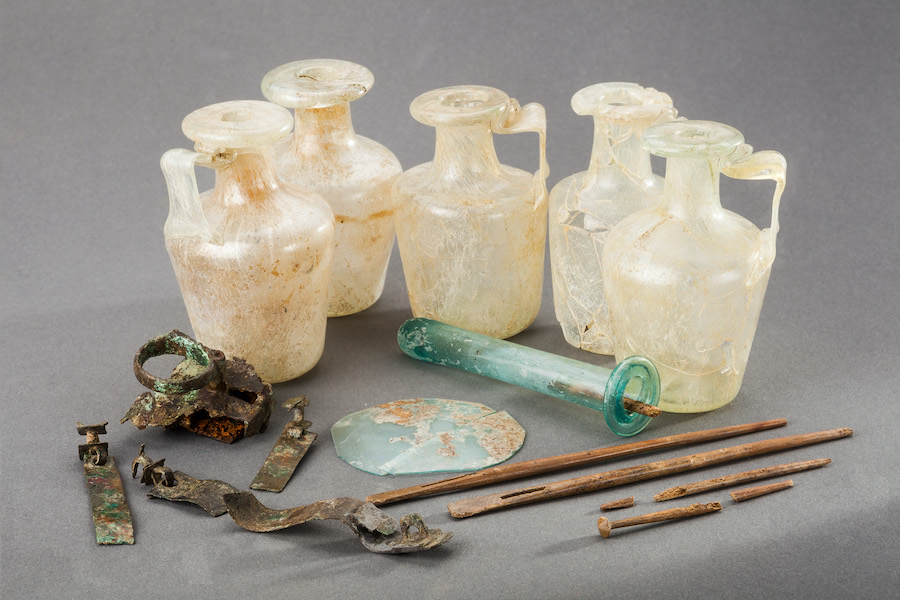
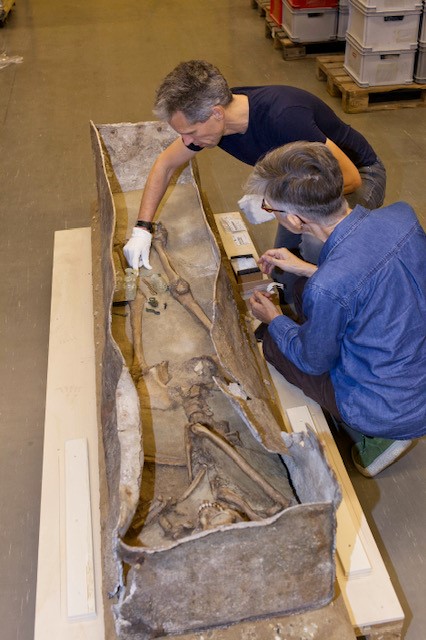
More Stories
GALA lacks a chapter on e-health
Weird beer can taste really good.
Planets contain much more water than previously thought